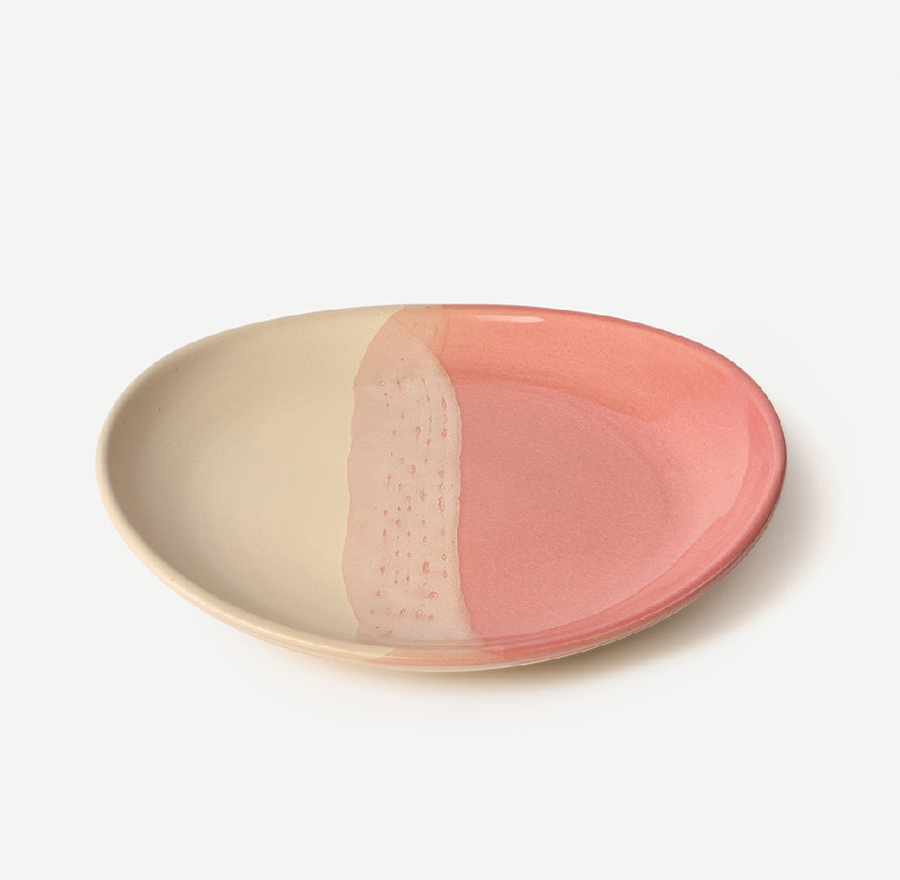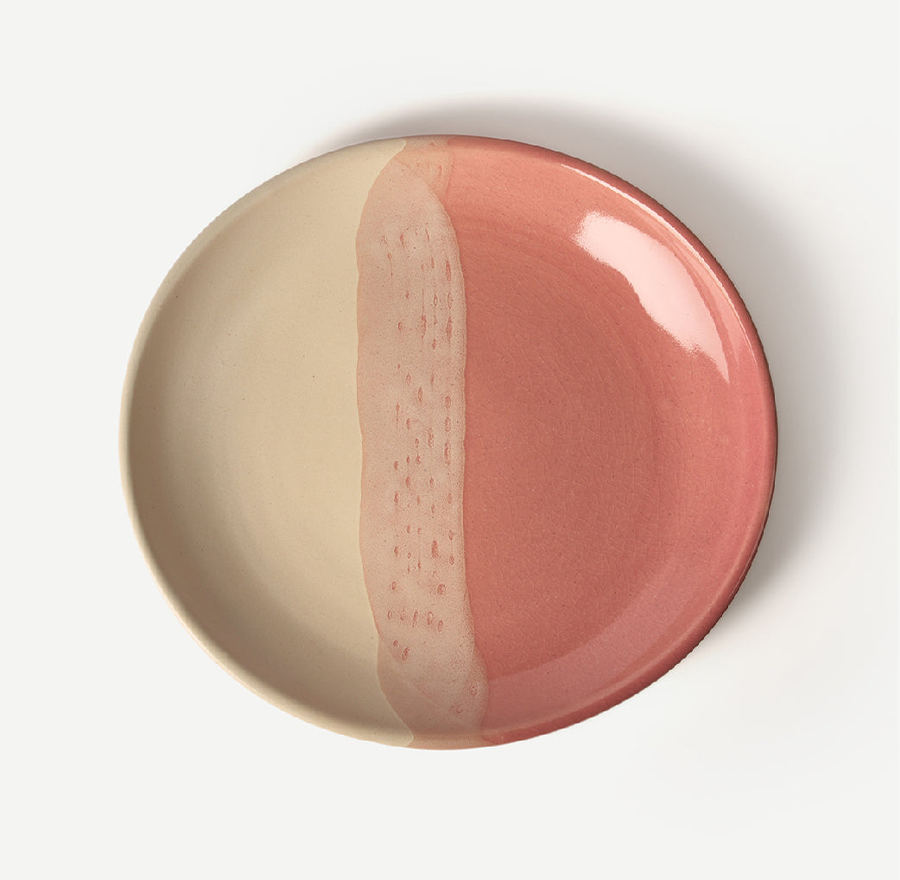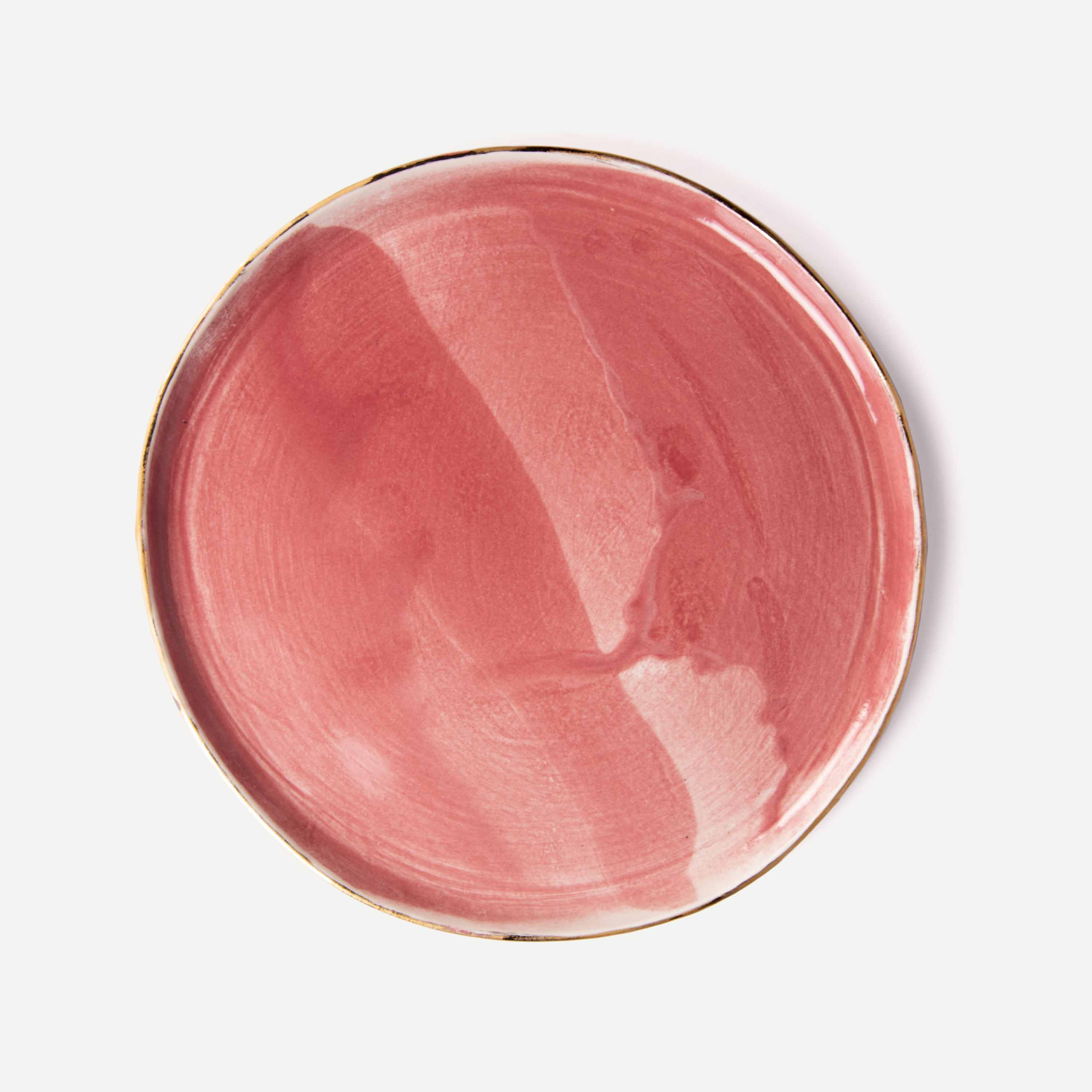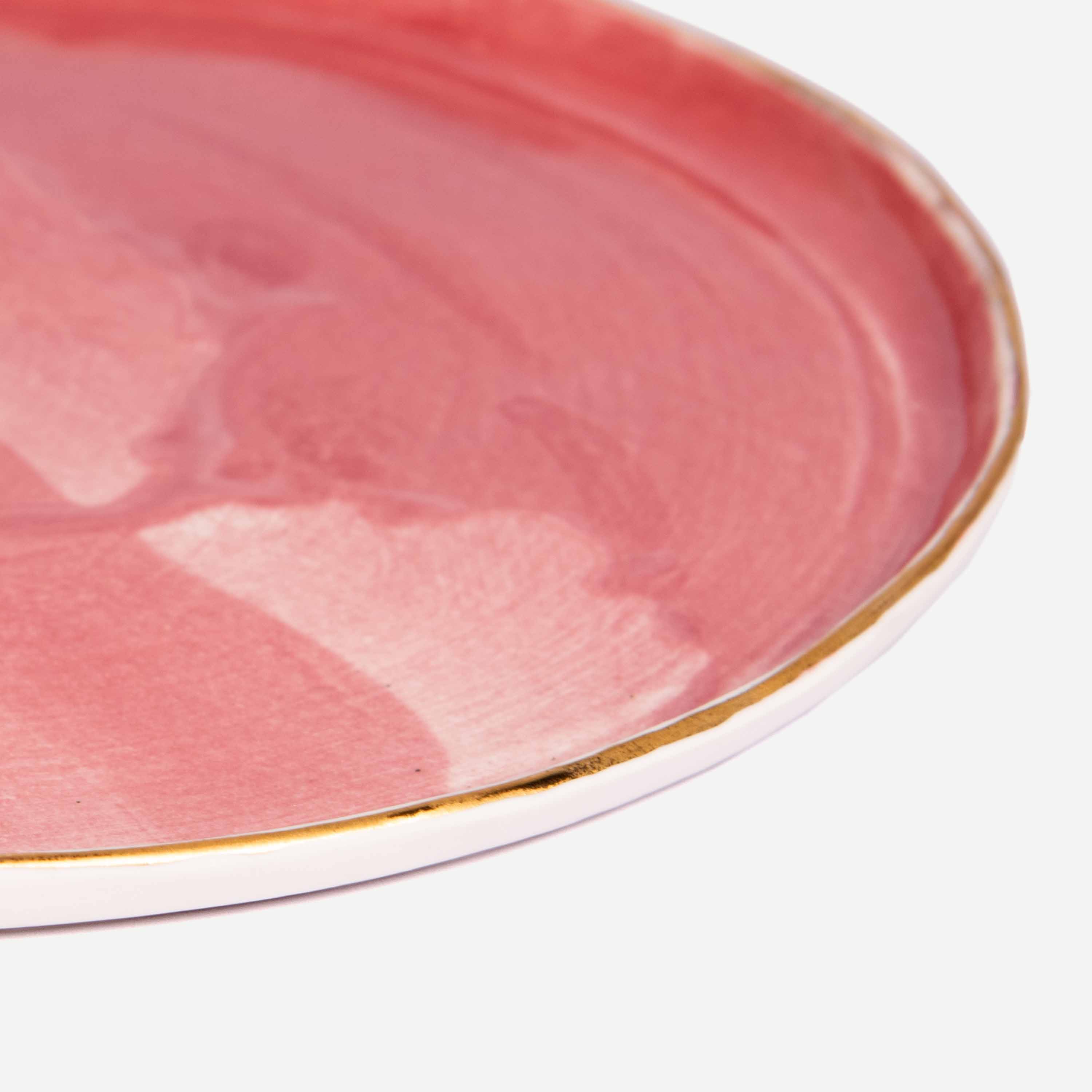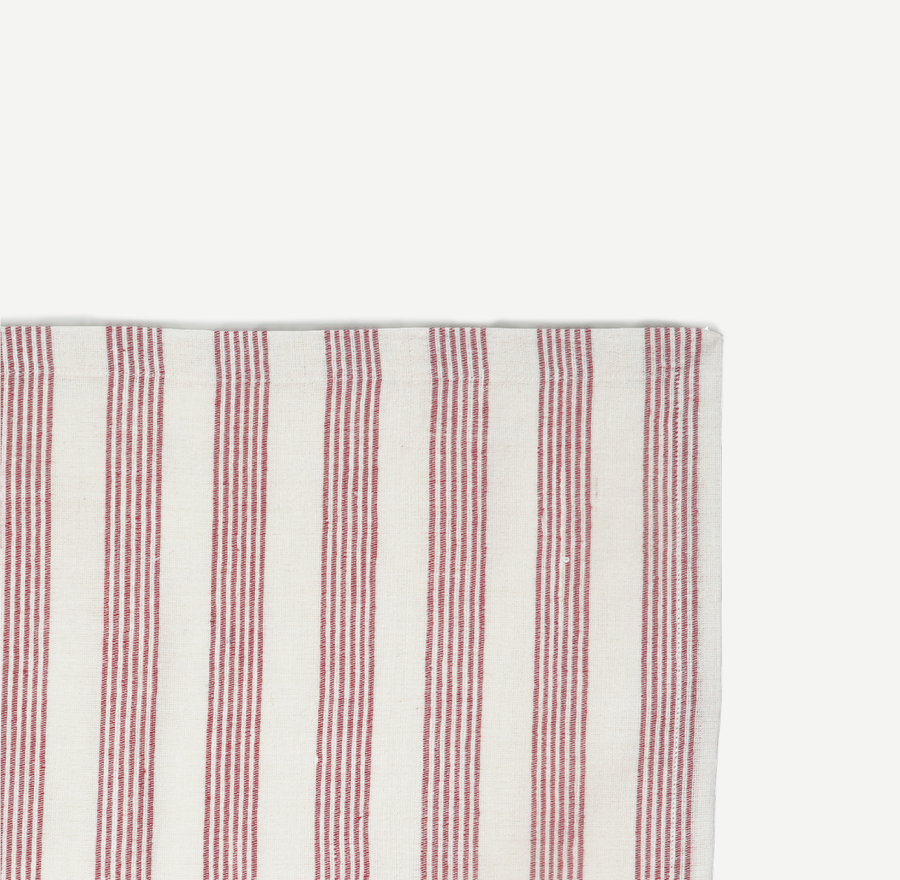PEARL PASTA PLATE
A graceful and neutral-coloured dish to plate up your homemade pasta.
![]() Only 3 Left
Only 3 Left
A graceful and neutral-coloured dish to plate up your homemade pasta.
Craft Type: Studio Pottery
The simplicity of this hand-thrown ceramic plate will put your pasta, whether a generous serving of ravioli or spaghetti, front and centre. It’s a humble piece of serveware that’s good for any occasion. Mix and match this pasta plate with other colourful or muted ceramic wares effortlessly.
This ceramic pasta plate is handmade by artisans in Mysore, and is a part of Ikai Asai’s studio pottery collection of clayware, made by potters in studios across India.
This product is handcrafted and therefore slight variations in colours, textures and forms are inevitable and aren’t flaws.
Made in: Mysore
Material: Stoneware
Dimensions (cm): 27.5(L) x 27.5(B) x 4.3(H); Dia: 27.5
Dimensions (inches): 10.8(L) x 10.8(B) x 1.7(H); Dia: 10.8
Weight: 915 grams
No. of pieces in a set: 1, One Plate
Clay, a natural material, is used to make ceramic wares. It is kneaded and then thrown on a pottery wheel, where it is shaped by hand into this product. The clay product then goes through the process of bisque firing, glaze application, drying, and then glaze firing to make the final ceramic product.
Pottery in the Indian subcontinent has a long history — it has existed as a craft form for centuries. Evidence of earthenware has been found in the early settlements of Lahuradewa and later during the Indus Valley Civilization. Recent times have seen pottery taking on modern design sensibilities, aided by artists and potters that are breathing new life into the craft form. Studio pottery in India is said to have been started by Rabindranath Tagore in Shantiniketan, West Bengal. It further branched out into two styles, which developed in Delhi under Gurcharan Singh and in Pondicherry under Ray Meeker’s Golden Bridge Pottery.
- Wash by hand only, using a mild dishwashing soap. Dry using a soft towel or tissue. Avoid stacking ceramic dishes in the sink.
- While stacking for storage, consider using tissue in between ceramic dishes.
- This ceramic product is microwave-safe.
- Description
- Process & Craft
- Care
Craft Type: Studio Pottery
The simplicity of this hand-thrown ceramic plate will put your pasta, whether a generous serving of ravioli or spaghetti, front and centre. It’s a humble piece of serveware that’s good for any occasion. Mix and match this pasta plate with other colourful or muted ceramic wares effortlessly.
This ceramic pasta plate is handmade by artisans in Mysore, and is a part of Ikai Asai’s studio pottery collection of clayware, made by potters in studios across India.
This product is handcrafted and therefore slight variations in colours, textures and forms are inevitable and aren’t flaws.
Made in: Mysore
Material: Stoneware
Dimensions (cm): 27.5(L) x 27.5(B) x 4.3(H); Dia: 27.5
Dimensions (inches): 10.8(L) x 10.8(B) x 1.7(H); Dia: 10.8
Weight: 915 grams
No. of pieces in a set: 1, One Plate
Clay, a natural material, is used to make ceramic wares. It is kneaded and then thrown on a pottery wheel, where it is shaped by hand into this product. The clay product then goes through the process of bisque firing, glaze application, drying, and then glaze firing to make the final ceramic product.
Pottery in the Indian subcontinent has a long history — it has existed as a craft form for centuries. Evidence of earthenware has been found in the early settlements of Lahuradewa and later during the Indus Valley Civilization. Recent times have seen pottery taking on modern design sensibilities, aided by artists and potters that are breathing new life into the craft form. Studio pottery in India is said to have been started by Rabindranath Tagore in Shantiniketan, West Bengal. It further branched out into two styles, which developed in Delhi under Gurcharan Singh and in Pondicherry under Ray Meeker’s Golden Bridge Pottery.
- Wash by hand only, using a mild dishwashing soap. Dry using a soft towel or tissue. Avoid stacking ceramic dishes in the sink.
- While stacking for storage, consider using tissue in between ceramic dishes.
- This ceramic product is microwave-safe.












